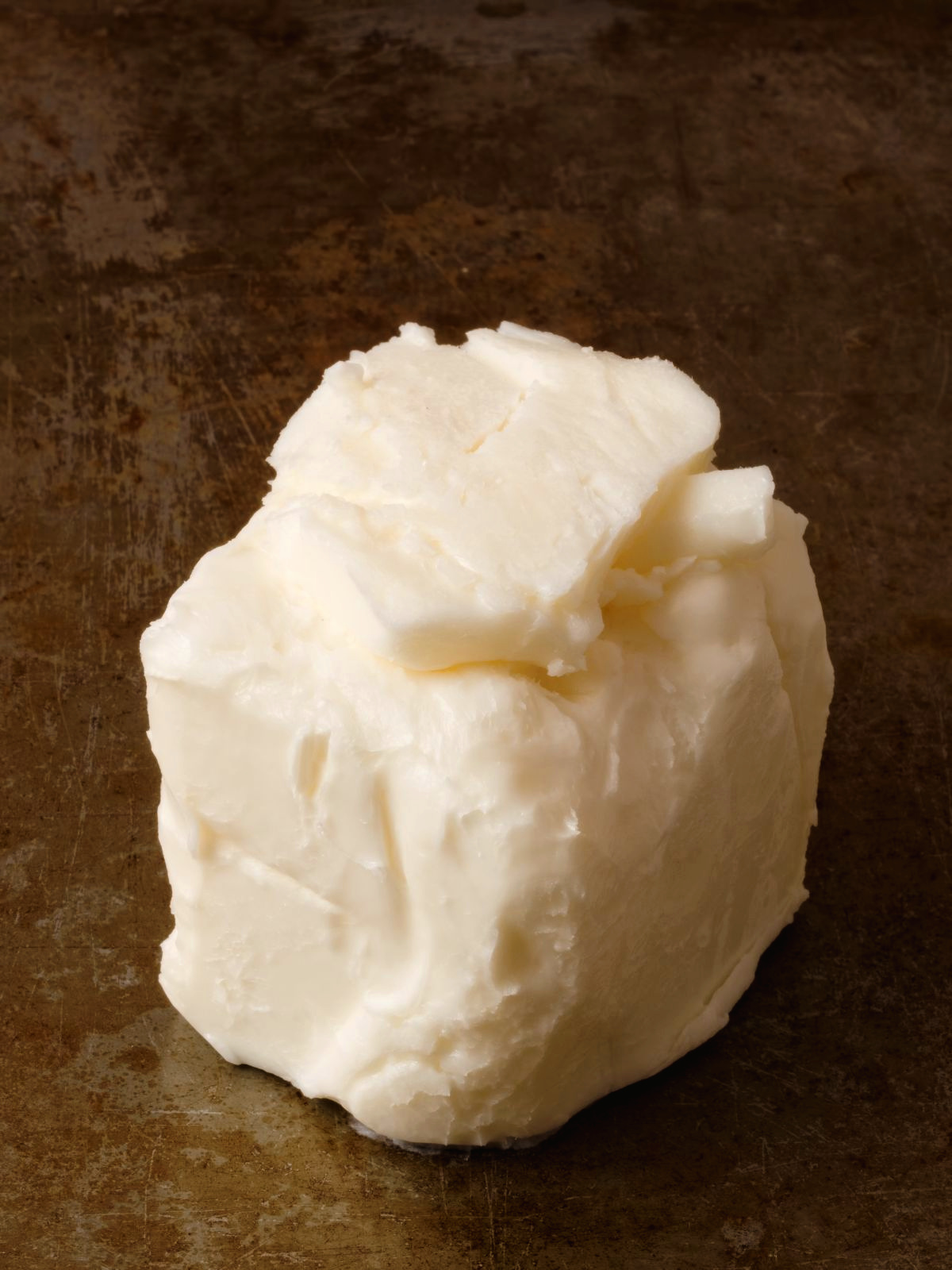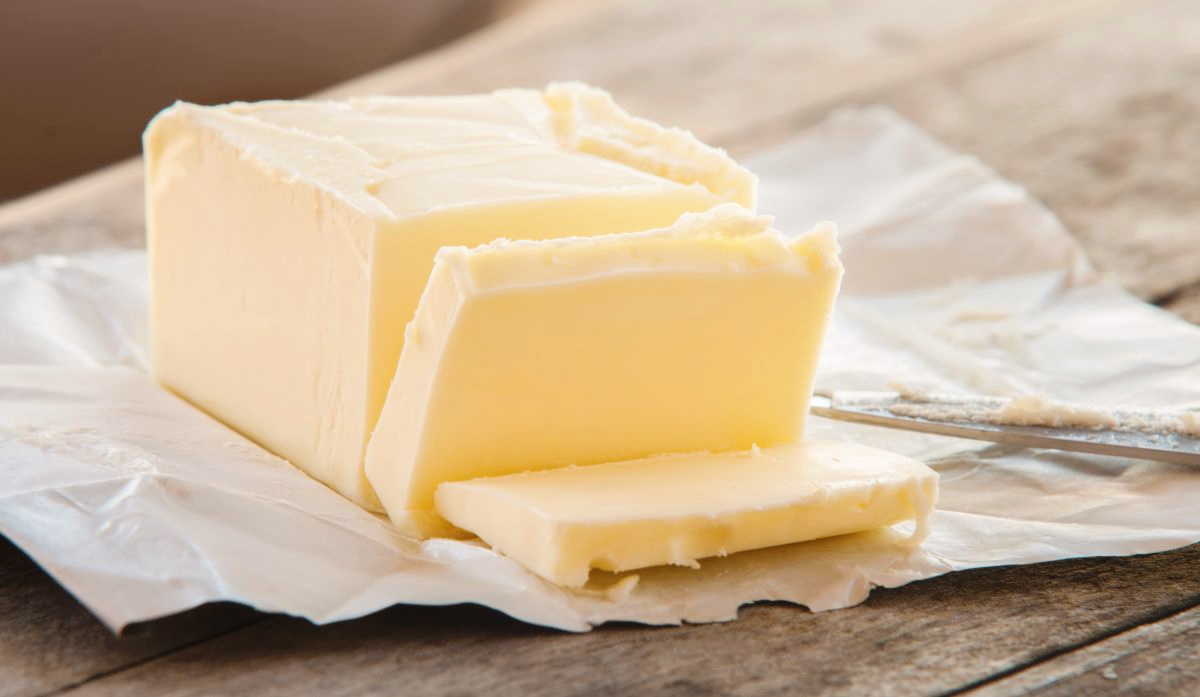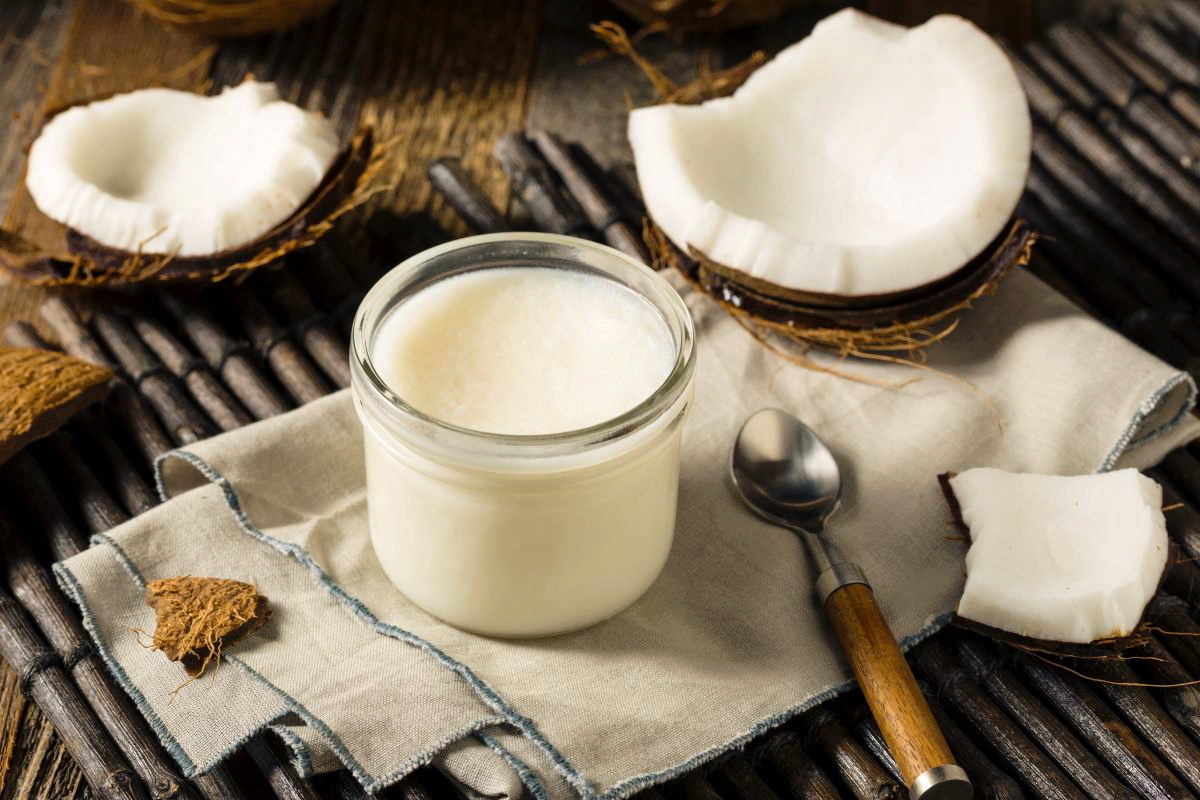A shortening substitute may be needed if you are making crumbly cookies or pie crusts and you’ve run out of such an essential ingredient. There are plenty of alternatives to shortening that will ensure everyone’s dietary restrictions or taste preferences are taken into consideration.
What is Shortening?
Shortening is vegetable oil that has been through hydrogenation to become solid at room temperature. It is a fantastic alternative to butter when used in baking.
Butter vs. Shortening
Both butter and shortening offer the same function in baking. The main difference is that shortening is 100% fat and butter contains about 20% water, which is not ideal when baking.
Butter is unsuitable for vegans or anyone allergic to lactose or dairy and has a richer flavor compared to vegetable shortening.
Common Uses for Shortening
- Creating flaky and crumbly crusts for pies.
- Making buttercream or other frostings.
- Used to make cookies and cakes
- It can be used in some meat recipes and breads.
Why Is Shortening Used in Baking?
Shortening is used in baking to help achieve a crumbly and flaky result. When you mix in some fat, dough gets short. This stops long gluten strands from forming when you handle them.
In contrast, when you make a long dough, you develop the gluten to make chewy loaves of bread. The shortening is used in baking to help separate the flour and water into layers, making it flaky.
Shortening is also preferred in baking since it stays solid for longer compared to butter due to shortening having a higher melting point.
Is Shortening Bad for You?
Shortening is not bad for you if consumed in moderation. The solid form of vegetable oil is high in trans fats, which cause inflammation and increases the risk for certain health issues like heart disease and stroke.
So, not only is shortening considered to be high in calories but it also offers almost no nutritional value.
Why You May Need a Shortening Alternative
- You have run out of shortening.
- You can’t find shortening in your local grocery.
- You prefer naturally saturated fat.
- You want to add more flavor to your baked goods or recipe.
10 Best Shortening Substitute Ingredients
1. Butter
Butter is the easiest and most accessible option to replace shortening with. But keep in mind, when you are baking a recipe that requires no moisture, butter contains about 20% water, which will result in a different texture. Land O Lakes has a great comparison between butter and shortening.
2. Lard
Lard is rendered animal fat, and can be used in a 1:1 ratio as a shortening substitute in baked goods. It offers a richer taste compared to shortening, as Web Restaurant Store mentions.
3. Margarine
Margarine is very similar to shortening, but it has a slight butter taste. It also is slightly more spreadable than shortening at room temperature, which means you may need a tablespoon extra per cup of margarine used to achieve the same results. Difference Between discusses the technical differences between the two fats.
4. Coconut Oil
Coconut oil is a great vegan-friendly shortening substitute and is also 100% with 0% moisture-like shortening. It does have a slight coconut flavor but can go mostly unnoticed in most recipes. According to The Coconut Mama, coconut oil is semi-solid at room temperature.
5. Vegetable Oil
Vegetable oil is a liquid at room temperature and is best used in recipes where you need to use melted shortening, as it will result in a very dense baked good if you try to use it in recipes where you require solid shortening. Better Homes & Gardens teaches you how to use vegetable oil to replace shortening in cakes.
6. Vegan Butter
You can use vegan butter the same way you would use margarine to replace shortening. It is semi-solid at room temperature, which means you may need to adjust the quantities used in your recipe to achieve the same results. My Recipes explain exactly what vegan butter is.
7. Ghee
Ghee is simply clarified butter, where all the milk solids have been removed from the butter. It is great to use to replace shortening since it will add a rich flavor. Ghee is higher in fat than butter, making it better to use than butter. Very Well Health explains the difference between ghee and butter.
8. Bacon Grease
Next time you cook some bacon, make sure to filter out any bacon bits from the grease when it is still fluid and save it for when you are cooking something savory. It is 100% fat and can be used to replace shortening. It will add a smoky, meaty flavor to whatever you are using it in. Leite’s Culinaria used bacon grease in their cookies.
Tips for Substituting Shortening
- Check the moisture content – shortening has 0% moisture, and any alternative that has moisture will greatly influence the end results, especially when you need crumbly and flaky baked goods.
- Flavor – butter has a pleasant flavor that adds to most recipes, but coconut oil or bacon grease might not work well with any recipe, so it is something to consider.
- Dietary restrictions or allergies – some people have dietary restrictions or allergens which prevent them from consuming animal products, such as vegans or lactose intolerant people, so you need to check the substitute before you use it.




Leave a Reply